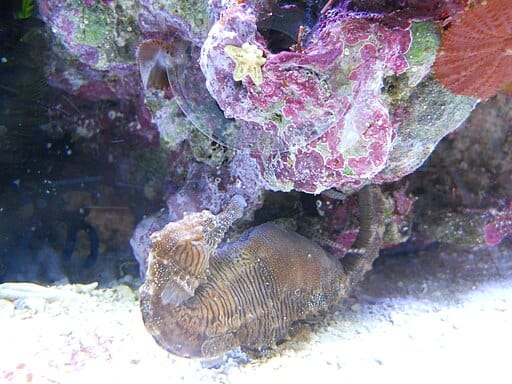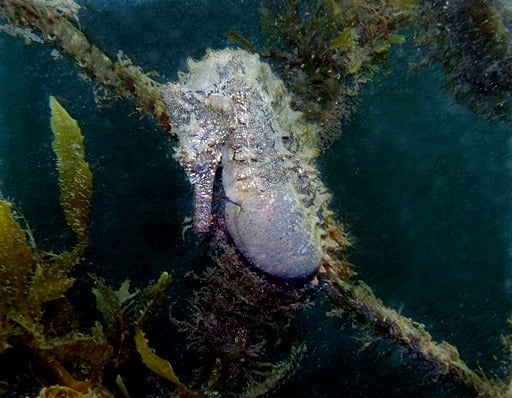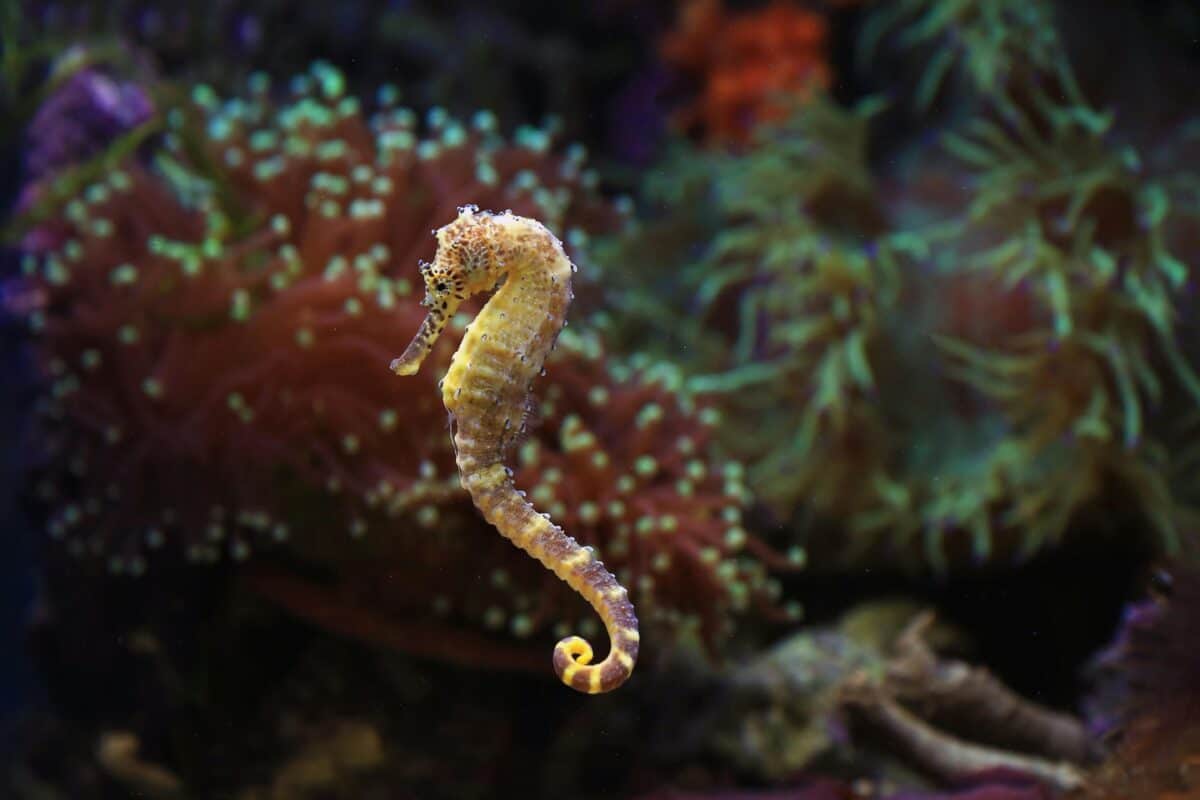In the animal kingdom, reproductive roles are more diverse than one might initially assume. Among the most intriguing examples of unique reproductive strategies is the male pregnancy found in seahorses. At a glance, this reversal of typical gender roles challenges our understanding of biology and stimulates curiosity. So, why do male seahorses get pregnant? To understand this fascinating phenomenon, we must explore the biology, evolutionary advantages, and ecological aspects of seahorse reproduction.
The Unique Reproductive System of Seahorses

Seahorses belong to the family Syngnathidae, which includes about 45 species. The reproductive role reversal in seahorses is a rare but significant evolutionary adaptation. In most animal species, females are responsible for carrying and nurturing embryos until birth. However, in seahorses, it is the males that undertake the gestational duties.
The male seahorse possesses a unique anatomical feature known as a brood pouch, located on its abdomen. During mating, the female deposits her eggs into this pouch. The male then fertilizes these eggs internally. The brood pouch provides a controlled environment for the developing embryos, supplying oxygen and nutrients and protecting them from predators until they are ready to hatch.
Why Do Male Seahorses Get Pregnant?

The question of why male seahorses get pregnant can be understood through the lens of evolutionary biology. Male pregnancy in seahorses is believed to have evolved as a successful reproductive strategy with several potential advantages:
- Increased Reproductive Efficiency: By having males carry the developing young, females are free to produce more eggs concurrently. This role division allows for the potential of more frequent mating cycles, thus increasing reproductive output.
- Protection and Survival of Offspring: The male’s brood pouch acts as a secure haven, reducing the risk of predation on the developing embryos. This protection ensures a higher survival rate for the offspring.
- Parental Investment: Male pregnancy allows for an efficient distribution of parental investment. Since seahorses generally have a monogamous mating system, both partners invest heavily in the success of their progeny. The male’s involvement in gestation ensures that he has a vested interest in the survival and fitness of the offspring.
The Impact of Male Pregnancy on Seahorse Behavior

The shift in reproductive roles impacts the social and mating behaviors of seahorses. Seahorses are known for their elaborate courtship rituals, which help strengthen pair bonds. The male’s role in reproduction necessitates a high level of cooperation and coordination between mates.
The courtship process involves synchronized swimming, tail holding, and color changes, all of which establish compatibility and readiness to mate. Once the female transfers her eggs, the male takes on the burden of gestation, allowing the pair to efficiently share reproductive responsibilities.
Ecological Significance and Conservation

The unique reproductive strategy of male pregnancy in seahorses underscores the incredible adaptability and diversity of life on Earth. It also highlights the importance of maintaining healthy marine ecosystems, as seahorses are often used as indicators of environmental health due to their sensitivity to habitat changes.
Unfortunately, many seahorse populations are threatened by habitat destruction, pollution, and overfishing. Conservation efforts aim to protect these fascinating creatures through habitat preservation, breeding programs, and raising public awareness about the ecological roles they play.
Conclusion

Male pregnancy in seahorses remains one of the most captivating phenomena in the natural world. This evolutionary adaptation not only challenges our preconceptions about gender roles in reproduction but also demonstrates the diverse strategies that have evolved to ensure species survival. By continuing to study and protect seahorses, we gain valuable insights into the complexities of life and the intricate connections within ecosystems.
- 15 Tips for Managing Spider Infestations During Storm Season - August 8, 2025
- How Superstorms Have Reshaped Coastlines Over Time - August 8, 2025
- The Biggest Moose Ever Recorded in the US - August 8, 2025

